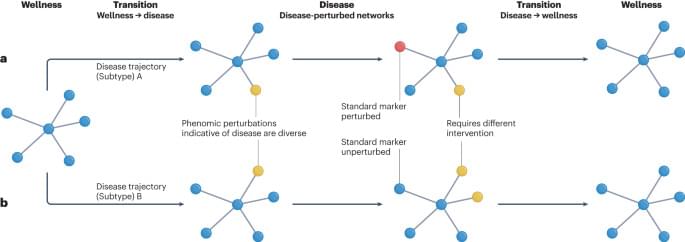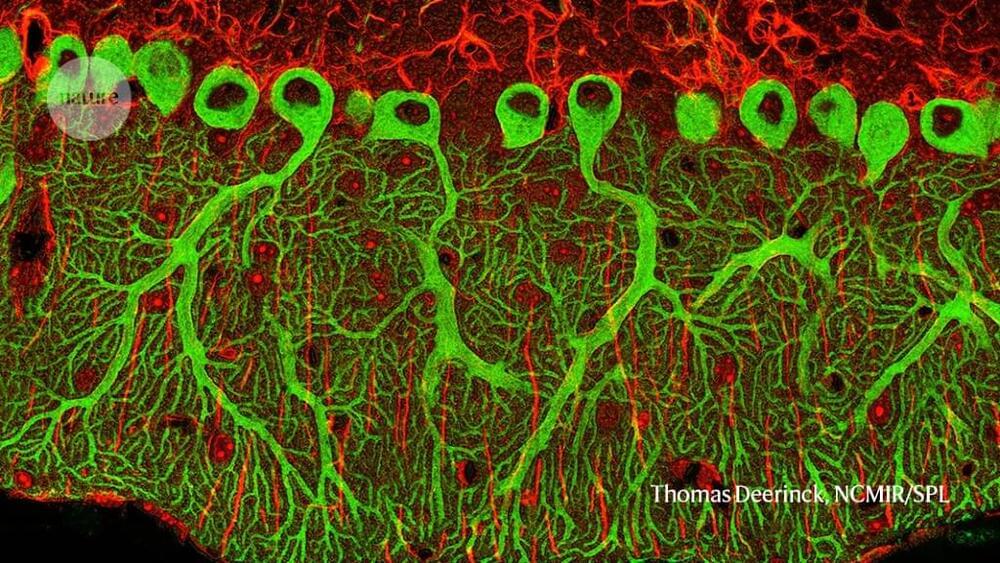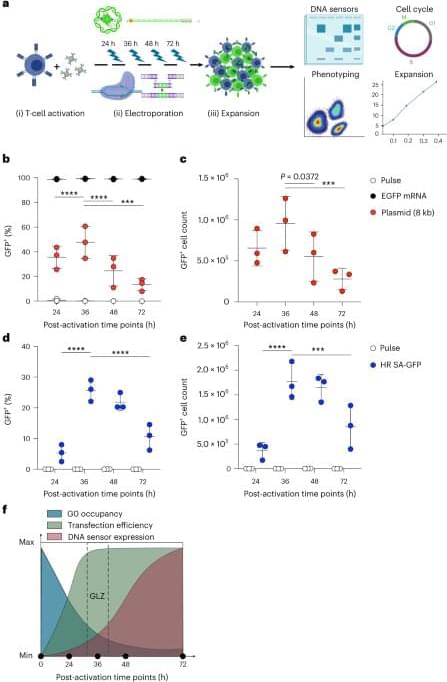Very interesting find. Life on Saturn’s moon would be great.
Molecules in Enceladus’s icy plumes suggest that alien life could exist in our solar system.
By Ling Xin

Very interesting find. Life on Saturn’s moon would be great.
Molecules in Enceladus’s icy plumes suggest that alien life could exist in our solar system.
By Ling Xin

This Perspective reviews large-scale genomics and longitudinal phenomics efforts and the insights they can provide into wellness. The authors describe their vision for the transformation of the current health care from disease-oriented to data-driven, wellness-oriented and personalized population health.






Ferroicity and multiferroicity
Ferroic materials are those that exhibit a spontaneous ordering of their electric, magnetic or structural properties. The best-known example of ferroicity is ferromagnetism, in which the magnetic moments of a material all point in one direction, but other types of ferroic ordering are possible. In ferroelectricity, for example, it is the electric polarization that spontaneously orders itself, while ferroelastic materials display spontaneous strain.
Multiferroicity occurs when several properties of a material have their own individual preferred states. For example, a magnetic multiferroic material might have magnetic moments that point in one direction, and electric charge that also shifts in a certain direction. Importantly, the two phenomena are independent of each other.

